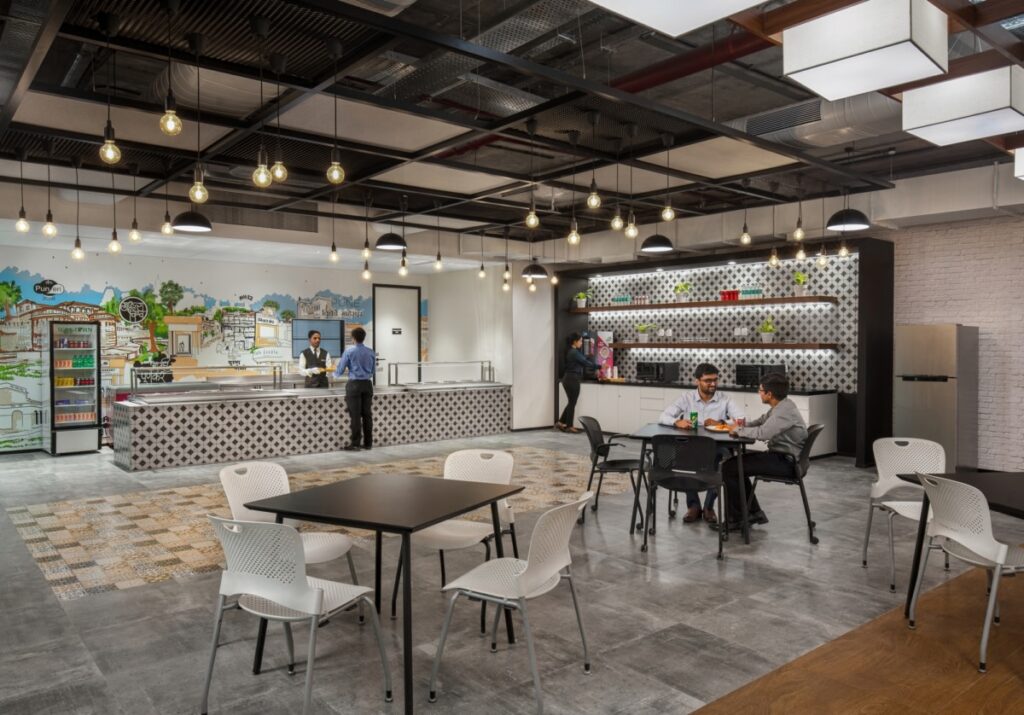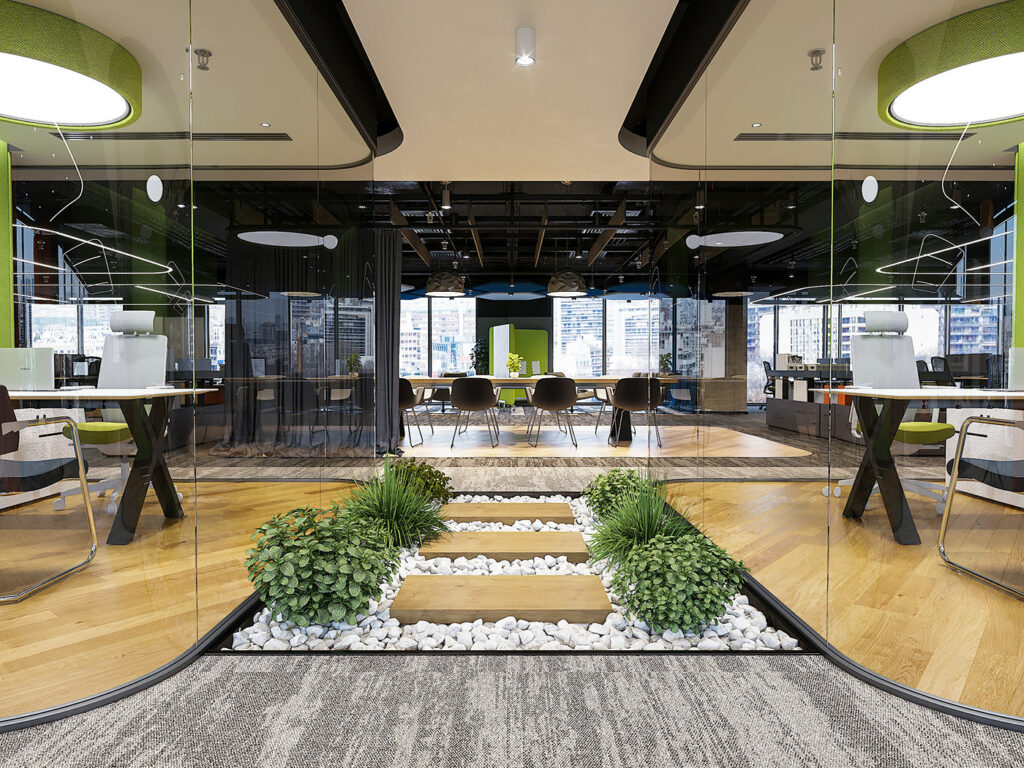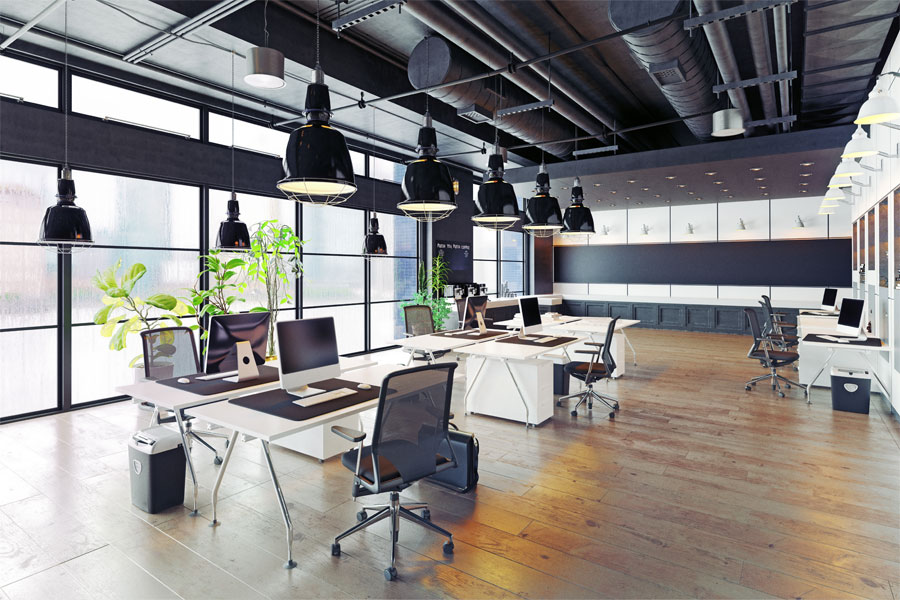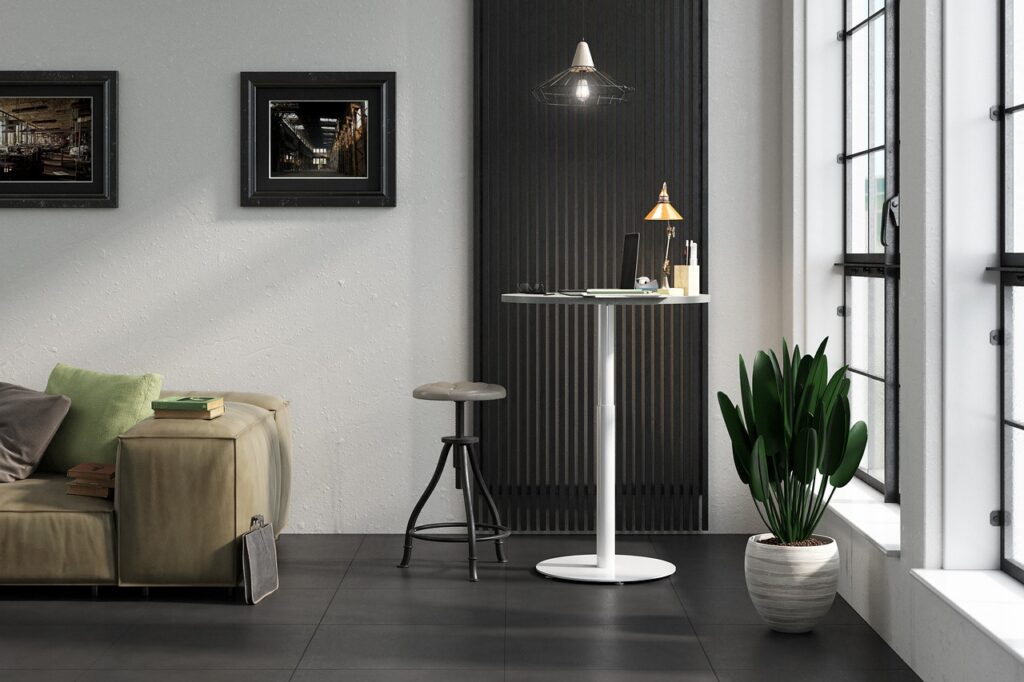Technology is rapidly transforming the retail landscape, revolutionizing the way businesses interact with customers and enhancing the overall shopping experience. Commercial interior design companies play a crucial role in leveraging space planning and design and build strategies to seamlessly integrate technology into retail interiors. By incorporating innovative technological elements, businesses can create immersive and interactive environments that captivate customers and drive engagement. In this article, we will explore the significance of technology integration in retail interiors and delve into the various elements and considerations involved in designing technologically advanced retail spaces.
Also read: Top 20 Office Interior Designer Companies in Delhi NCR
I. The Importance of Technology Integration in Retail Interiors
Enhancing the Shopping Experience
Technology integration enhances the overall shopping experience by providing customers with interactive and personalized interactions. From digital displays and touchscreens to augmented reality (AR) and virtual reality (VR) experiences, technology creates a dynamic and engaging environment that captures customers’ attention and encourages active participation.
Driving Customer Engagement
Incorporating technology into retail interiors drives customer engagement by offering unique and memorable experiences. Interactive product demonstrations, virtual try-on systems, and personalized recommendations based on customer preferences are just a few examples of how technology can enhance engagement and foster a deeper connection between the customer and the brand.
II. Leveraging Commercial Interior Design Companies for Technology Integration
Expertise in Space Planning
Commercial interior design companies possess expertise in space planning, enabling them to strategically integrate technology into retail interiors. They consider factors such as the layout of the space, customer flow, and the desired level of technological immersion. By collaborating with these companies, businesses can ensure that the integration of technology is seamless, enhances the overall design aesthetic, and optimizes the customer experience.
Our space planning services in commercial interior design focus on optimizing the functionality and efficiency of your workspace, ensuring a seamless and well-utilized layout.
Collaborative Approach with Clients
Successful commercial interior design companies adopt a collaborative approach when working with clients to integrate technology into retail interiors. They closely collaborate to understand the specific brand identity, customer needs, and business objectives. By leveraging this collaboration, commercial interior design companies ensure that the design and integration of technology align with the organization’s goals and create a unique and impactful retail environment.
III. Key Considerations for Technology Integration
Alignment with Brand Identity
Technology integration should align with the brand identity and overall retail concept. Commercial interior design companies carefully consider the brand’s image, values, and target audience when selecting and incorporating technological elements. The technology should seamlessly blend with the overall design aesthetic and enhance the brand experience rather than detract from it.
Scalability and Future-proofing
Commercial interior design companies consider the scalability and future-proofing of technology integration. They select technologies that can adapt and evolve as the business grows and new advancements emerge. Scalable solutions ensure that the technology can be expanded or modified to meet changing customer needs and keep pace with technological advancements.
Our design and build services in commercial interior design offer a comprehensive solution from concept development to final construction, ensuring a seamless and efficient process.
IV. Innovative Design Elements for Technology Integration
Digital Signage and Interactive Displays
Digital signage and interactive displays serve as powerful tools for communication and engagement. Commercial interior design companies strategically place digital signage throughout the retail space, displaying dynamic content, promotional messages, and real-time information. Interactive displays allow customers to explore products, access additional information, and make informed purchase decisions.
Augmented Reality (AR) and Virtual Reality (VR)
AR and VR technologies offer immersive experiences that bridge the gap between the physical and digital realms. Commercial interior design companies incorporate AR and VR elements into retail spaces, allowing customers to visualize products in different settings, virtually try on clothing or accessories, and engage in interactive brand storytelling experiences.
Mobile Integration and Personalization
Mobile integration and personalization enhance the retail experience by providing customers with personalized recommendations, offers, and loyalty programs. Commercial interior design companies integrate mobile technologies, such as mobile apps, QR codes, and contactless payment systems, into retail interiors. These technologies enable customers to seamlessly interact with the brand, access exclusive content, and customize their shopping journey.
Our 3D visualization services in commercial interior design bring your vision to life, providing realistic and immersive representations of your space before construction begins
V. Enhancing the Retail Environment with Technology
Intelligent Lighting Systems
Intelligent lighting systems create captivating and dynamic environments within retail spaces. Commercial interior design companies incorporate lighting systems that can be adjusted based on the time of day, season, or specific events. This creates different moods and atmospheres, enhancing the customer experience and drawing attention to specific product displays or areas within the store.
Smart Shelving and Interactive Product Displays
Smart shelving and interactive product displays enable customers to access additional product information, compare options, and make informed decisions. Commercial interior design companies integrate RFID (Radio-Frequency Identification) technology and sensors into shelving and displays, allowing customers to interact with products and receive real-time information on availability, features, and pricing.
VI. Conclusion
The integration of technology in retail interiors is transforming the shopping experience and driving customer engagement. Commercial interior design companies leverage space planning and design and build strategies to seamlessly incorporate technology into retail spaces. By considering key elements such as brand alignment, scalability, and innovative design elements, businesses can create immersive and interactive retail environments that captivate customers and enhance their overall experience. By collaborating with commercial interior design companies, organizations can ensure that their retail spaces are technologically advanced, visually appealing, and optimized for customer engagement and satisfaction.
Also read: Top Trends of Office Interior design evolving in 2023





